calsfoundation@cals.org
Gurdon (Clark County)
| Latitude and Longitude: | 33°55’15″N 093°09’15″W |
| Elevation: | 203 feet |
| Area: | 2.43 square miles (2020 Census) |
| Population: | 1,840 (2020 Census) |
| Incorporation Date: | November 8, 1880 |
Historical Population as per the U.S. Census:
|
1810 |
1820 |
1830 |
1840 |
1850 |
1860 |
1870 |
1880 |
1890 |
1900 |
|
– |
– |
– |
– |
– |
– |
– |
– |
802 |
1,045 |
|
1910 |
1920 |
1930 |
1940 |
1950 |
1960 |
1970 |
1980 |
1990 |
2000 |
|
1,284 |
1,374 |
591 |
1,219 |
1,634 |
1,558 |
2,032 |
2,707 |
2,199 |
2,276 |
|
2010 |
2020 |
|
|
|
|
|
|
|
|
|
2,212 |
1,840 |
|
|
|
|
|
|
|
|
Gurdon is a second-class city located in southern Clark County. Incorporated in 1880, Gurdon has served as an important railroad stop and center for the timber industry in southern Arkansas.
The first settlers arrived in the area around 1819. Captain Robert Tate, his siblings, and other family members were the first group to travel up the Ouachita River and arrive in the area. Each purchased several hundred acres of land from the government land office located in Washington (Hempstead County). This initial purchase included the land where Gurdon now stands. The population grew slowly, and in 1836, Meriwether Lewis Randolph, grandson of Thomas Jefferson, arrived in the area. He bought several thousand acres of land near the present-day location of Gurdon but died of malaria in 1837, before much work was completed on his holdings. Settlers continued to slowly enter the area in small numbers over the next several decades. The area next experienced a large influx of settlers in 1874, when the Cairo and Fulton Railroad was constructed in the area. On July 12, 1875, a post office was opened but closed that same year on October 18. On March 15, 1876, the post office at Tate was renamed Gurdon. A small depot was constructed, and by 1880, the town had been laid out. That year, thirty-three citizens petitioned the Clark County Court to incorporate the city of Gurdon, which was approved. Several theories exist for the name of the city, most notably that it is in honor of Gurdon Cunningham, who surveyed the right-of-way for the railroad in the area.
The railroad continued to be an important part of Gurdon’s economic engine. Located at the intersection of railroads that led to Glenwood (Pike County) and Mount Ida (Montgomery County), as well as a line that ran to Camden (Ouachita County) and El Dorado (Union County), Gurdon prospered, and the timber industry quickly grew. The city expanded as timber companies opened mills in the area. The number of mills operating in the area reached a peak of ten in the late nineteenth century. The combination of people passing through town on the railroad and the rough nature of the timber business brought many unsavory characters to Gurdon. When the first minister arrived in Gurdon in 1881, he found a community of 500 people with three saloons and no churches. The situation changed by 1887, when all saloons were banned from the town, and several churches were founded during this period. The first newspaper was founded in Gurdon in 1886 and was called the Gurdon Advocate. After several changes in both name and ownership, it became known as the Gurdon Times and is still published in the twenty-first century. The Gurdon Jail was constructed around the turn of the century.
In 1892, an African-American man known only by his surname, Bowles, was lynched for the alleged rape of a young white woman, Nellie Wilkes. In 1903, an African-American man named Alex Thompson was lynched for allegedly attacking a local doctor.
A unique event to occur in Gurdon was the founding of the Concatenated Order of Hoo-Hoo. Founded in 1892 in the Hotel Hall, the organization serves as the international lumbermen’s association. The Hoo-Hoo still exists with chapters across the world, including one in Gurdon. There is also a Hoo-Hoo Monument in Gurdon, built in 1909.
Education played an important role in the settling of the town, with the first school opening in either 1878 or 1881. The school opened a library in 1895 and continued to grow as the population increased and as nearby school districts were consolidated. Eventually, more than ten nearby community schools were closed, and their students now attend school in Gurdon. The athletic teams are called the Go-Devils, which is a type of logging equipment used to drag heavy logs.
The so-called Gurdon Light is an unexplained light that hovers near railroad tracks near the city and is a local attraction. First sighted in the 1930s, the light has been investigated by several television shows and other organizations and has not yet been explained.
After years of growth, Gurdon’s population began to shrink, following the trend of many small towns across Arkansas. U.S. Highway 67 and later Interstate 30 were constructed nearby, creating an easier way to travel to Arkadelphia (Clark County) or other cities. In 1968, the railroad ceased passenger service to the city, and much of the tracks laid in the area were removed. The railroad still operates in the area, but the city’s economy is no longer completely tied to that transportation source.
Historian Farrar Newberry was born in Gurdon, as was jazz singer Jimmy “Spoon” Witherspoon. Post-modern artist Buz Blurr attended Gurdon High School. Tom McAllister Sr., an important figure in the lumber industry, was a longtime resident of Gurdon.
Never a large city, Gurdon is still the second-largest city in Clark County. It continues to support a timber-based economy and serves as a bedroom community for citizens employed nearby. The June Sandidge House, the Ronoake Baptist Church, the Missouri Pacific Depot, and the Horace Estes House are all listed on the National Register of Historic Places. The International Hoo-Hoo Headquarters and Museum is located in Gurdon.
For additional information:
May, Joe. The Way We Were: A Pictorial History of Clark County, Arkansas. Hurst, TX: Curtis Media, 1995.
Richter, Wendy, ed. Clark County, Arkansas: Past and Present. Arkadelphia, AR: Clark County Historical Association, 1992.
Taylor, Joyce, ed. Gurdon Centennial Album, 1880–1980. N.p.: 1981.
David Sesser
Henderson State University
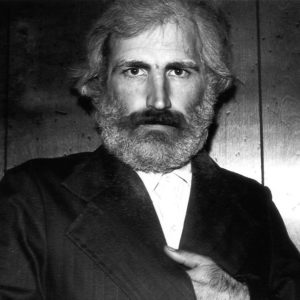 buZ blurr
buZ blurr  Circuit Chautauqua
Circuit Chautauqua 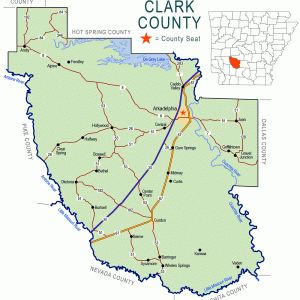 Clark County Map
Clark County Map  Concatenated Order of Hoo-Hoo
Concatenated Order of Hoo-Hoo 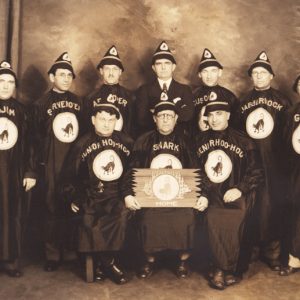 Concatenated Order of Hoo-Hoo
Concatenated Order of Hoo-Hoo 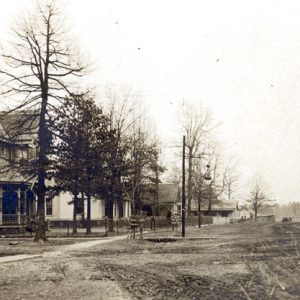 Gurdon (Clark County)
Gurdon (Clark County) 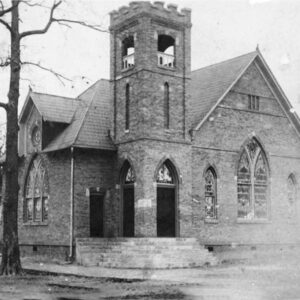 Gurdon Church
Gurdon Church  Gurdon Jail
Gurdon Jail 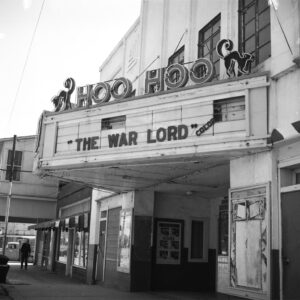 Hoo Hoo Theater
Hoo Hoo Theater 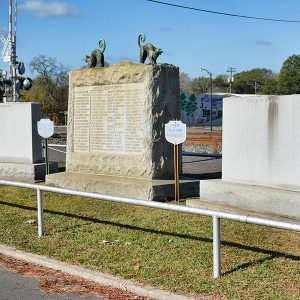 Hoo-Hoo Monument
Hoo-Hoo Monument  Hoo-Hoo Museum
Hoo-Hoo Museum 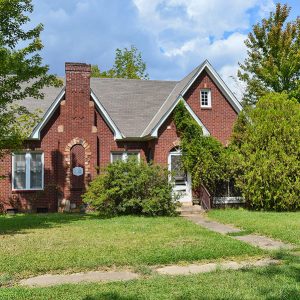 Horace Estes House
Horace Estes House 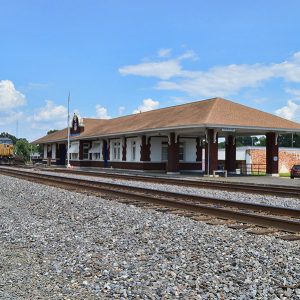 Missouri Pacific Depot
Missouri Pacific Depot 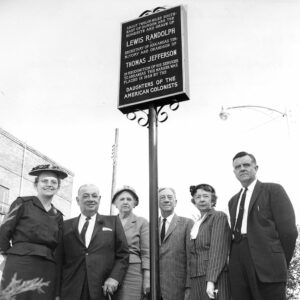 Randolph Plaque
Randolph Plaque  Meriwether Lewis Randolph Memorial Marker
Meriwether Lewis Randolph Memorial Marker 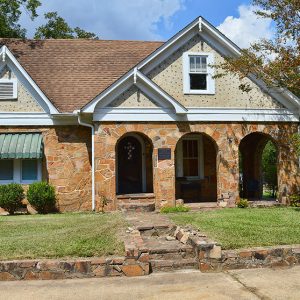 June Sandidge House
June Sandidge House  Jimmy "Spoon" Witherspoon
Jimmy "Spoon" Witherspoon 




Comments
No comments on this entry yet.